An ancient village, the village has two national key cultural relics protection units, one of which is the first batch of national protection announced in 1961, the village is included in the preliminary list of world cultural heritage, the ancient village itself is still Chinese historical and cultural Famous villages and traditional Chinese villages, the discoveries in the villages once shocked the world. Today, it is still little known, it is not a well-known tourist attraction, and there is no need for tickets. The villagers still live as before. This ancient village is Ding Village in Xiangfen County, Shanxi Province.
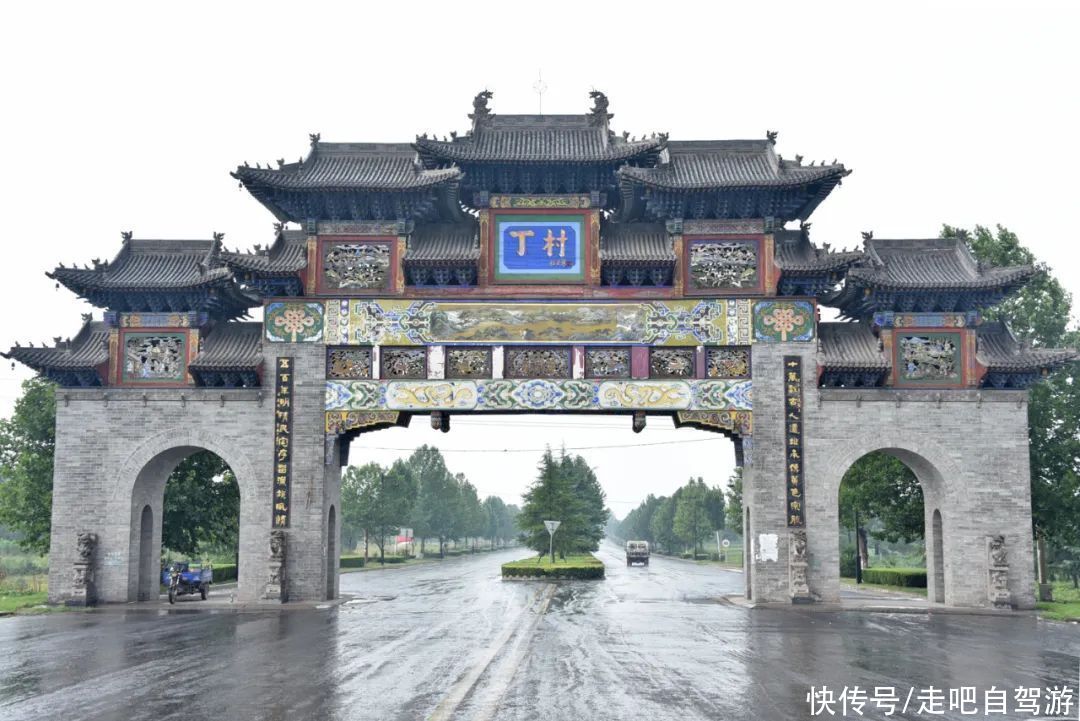
On the land of Sanjin, a village can have such an imposing archway. However, it is very unusual. Indeed, Ding Village, with the most common village name, is a unique ancient village in China.
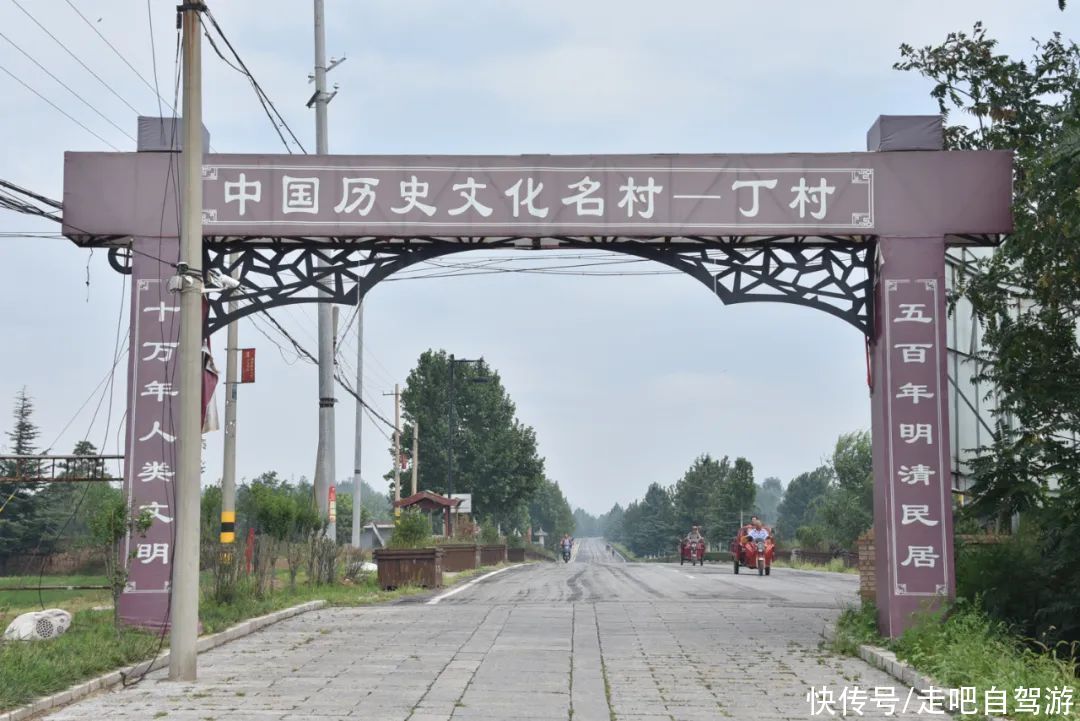
Why Ding Village is famous, the couplet on this humble archway in the village actually says a lot Clearly: “Five hundred years of Ming and Qing dwellings, 100,000 years of human civilization”, these are the two highlights of Ding Village, two national key cultural relics protection units.

Dingcun site was the first batch of national key cultural relics protection units announced in 1961. The batches are all well-known cultural relics, such as the Forbidden City, the Great Wall, the Mausoleum of Qin Shihuang, etc. In Shanxi, they are also familiar cultural relics such as Jinci, Yungang Grottoes, and Yingxian Wooden Pagoda.

What to see at the Dingcun site, the site is now a barren grassland, but here The ancient human site discovered is a major archaeological discovery in New China, and was selected as one of the “Hundred Years of Archaeological Discoveries” nationwide.

If you want to know what was unearthed from the Dingcun site, the Dingcun cultural display in the village The pavilion is a place not to be missed.
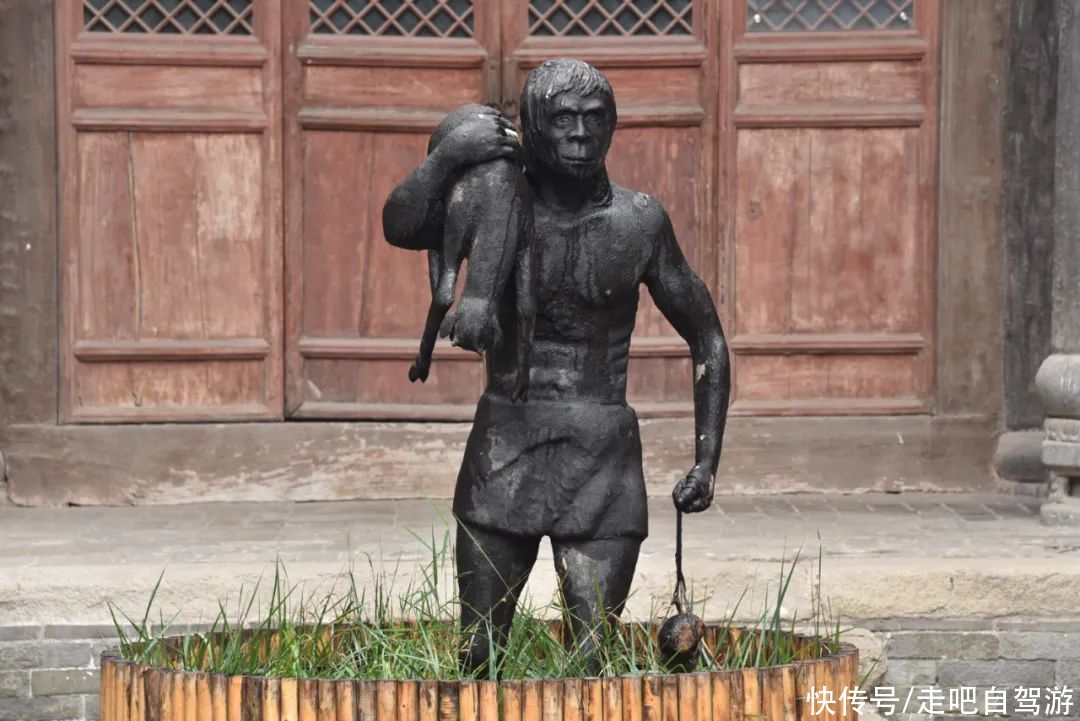
a sculpture of a primitive man hunting in the courtyard, indicating that this place was once the place where ancient humans thrived The place.
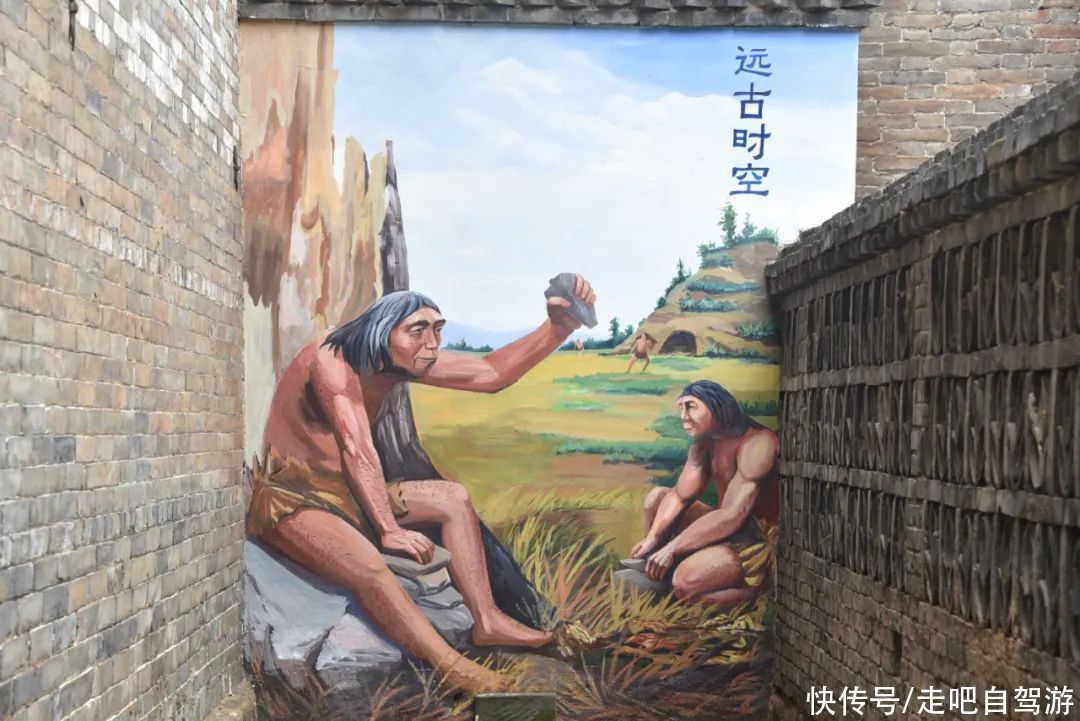
The Dingcun site was discovered in 1953, and it is the site outside Zhoukoudian, Beijing after the founding of New China. The first large-scale Paleolithic site discovered may be because Dingcun is not as famous as Zhoukoudian, firstly because it is not in Beijing, and secondly because no complete human skull has been found.
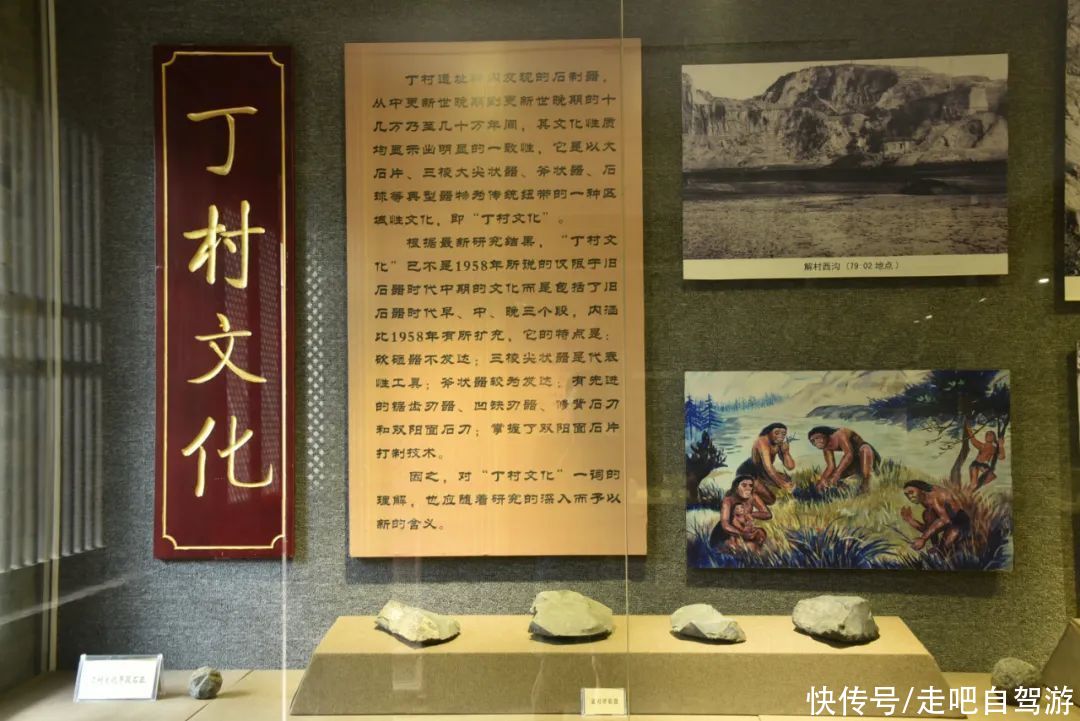
What did Nading village find? The Dingcun site is a Paleolithic site. The earliest remains are about 300,000 years old. Of course, a lot of primitive stone products have been unearthed, with a total of 2,005 pieces.

In addition, a large number of animal fossils have been unearthed, including 28 mammalian fossils, fish There are 5 kinds of fossils and more than 30 kinds of mollusk fossils.
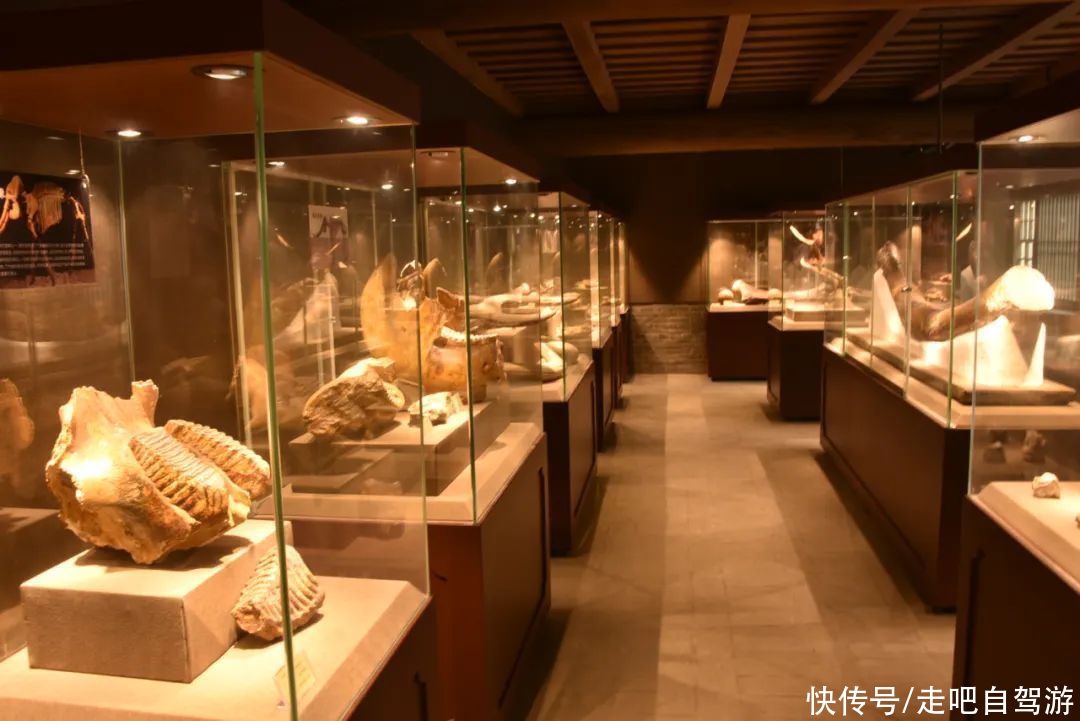
Of course, the most famous ones are three human tooth fossils and a child right parietal bone fossil , and 2014A newly discovered human occipital bone fossil, the ancient human here is called “Dingcun people”, Dingcun people are between the Peking ape man and the cave man, making up the history of ancient Chinese between 230,000 and 13,000 years ago.

In addition to the ancient human “Dingcun Site”, Dingcun also has a third batch of national key The cultural relic protection unit “Ding Village House”, this is the “five hundred years of Ming and Qing folk houses” referred to in the couplet.
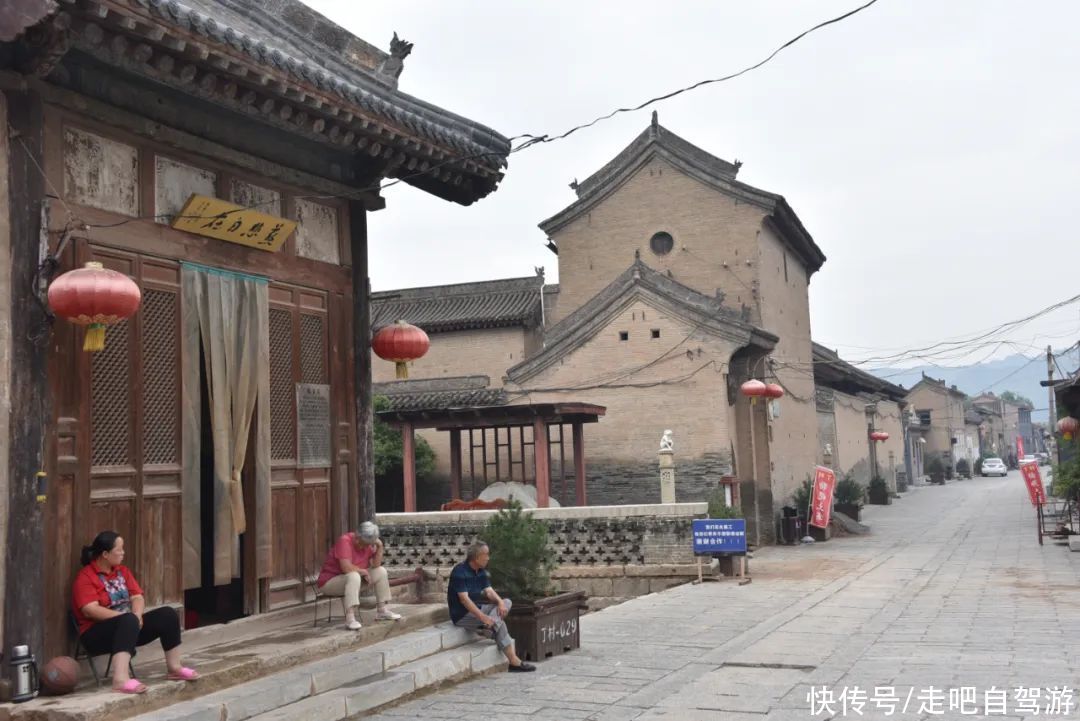
There are many ancient buildings in ancient villages in Shanxi. Speaking of ancient dwellings, although Ding Village is located in Shanxi Province It is not the most outstanding, but it can definitely stand out from the crowd, and it has been proved that it can be included in the national key cultural relics protection unit.
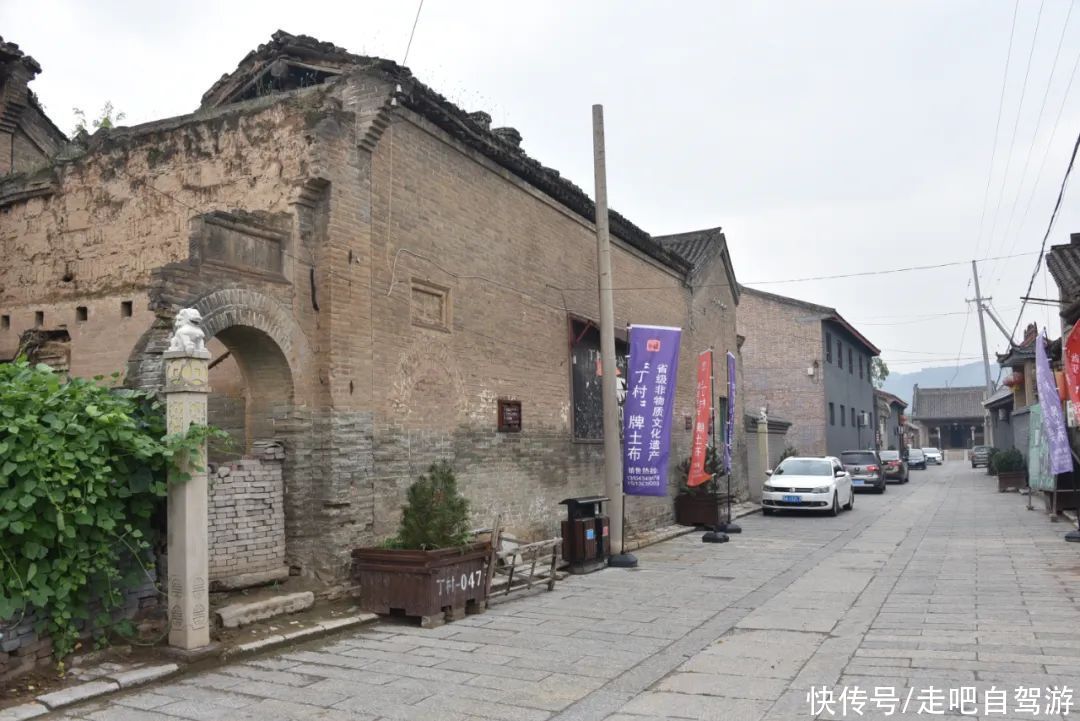
The national key cultural relics protection unit may be just a single building, but “Ding Village Residence” is As a whole, Ding Village is also a famous historical and cultural village in China, so Ding Village is a well-preserved ancient village.
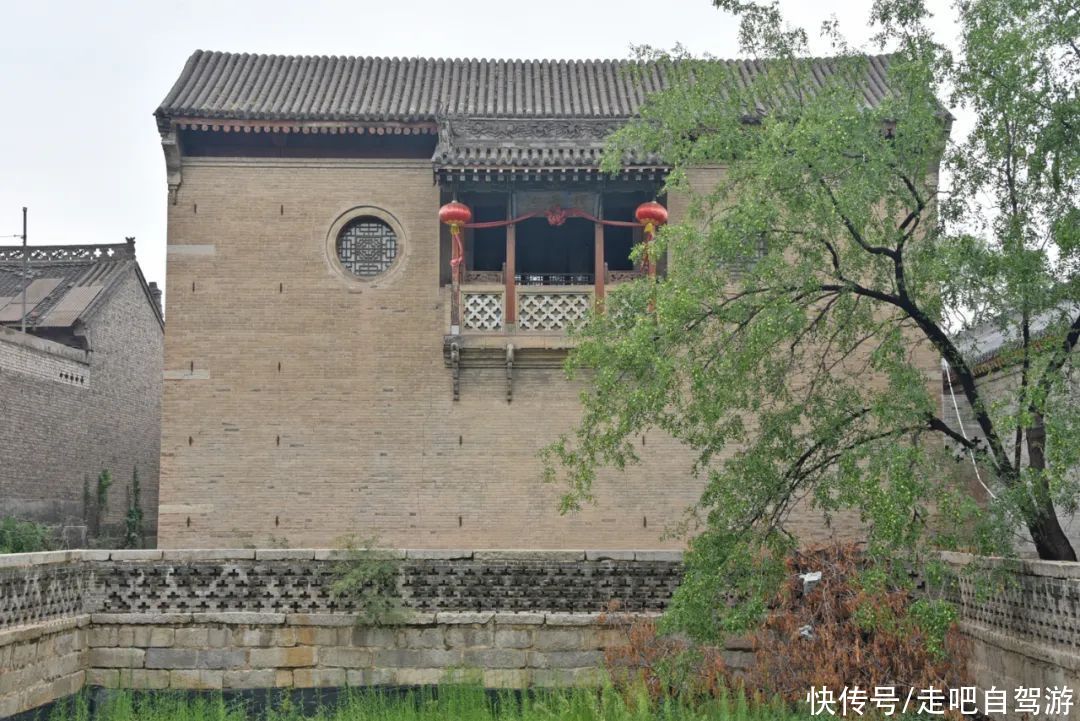
Ding Village’s quaint simplicity, in its profound historical heritage and cultural precipitation, Ding Village’s house belongs to The typical buildings of Ming and Qing Dynasties are typical specimens of courtyard buildings of the Han nationality in northern China.
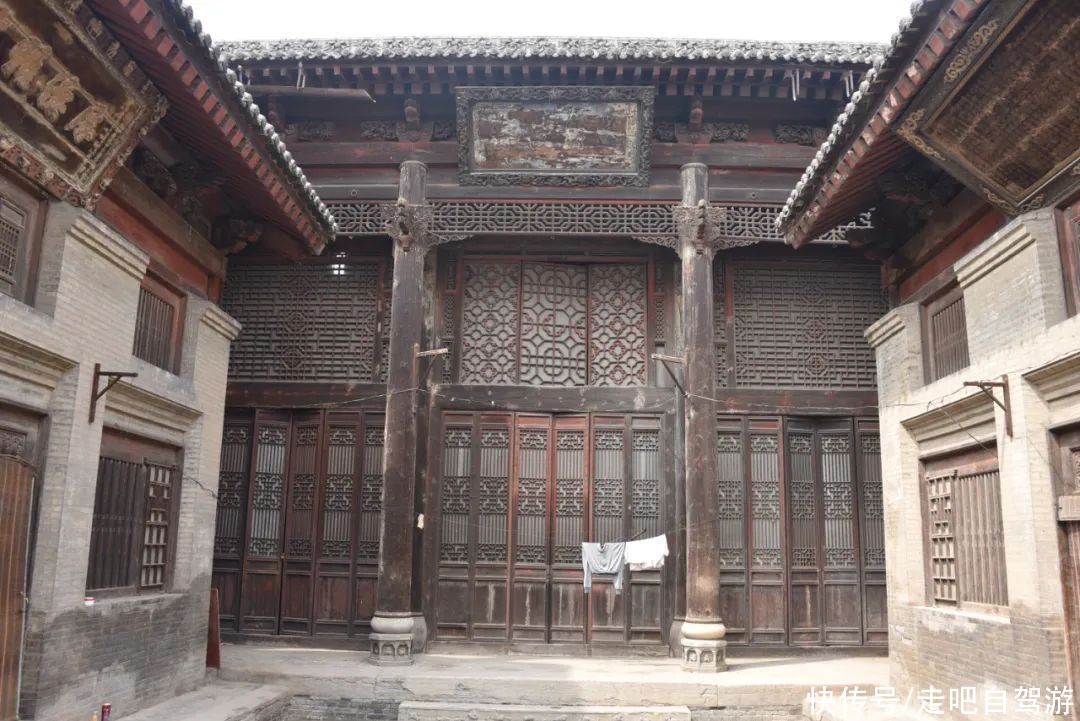
Ding Village’s house was first built in the twenty-first year of Ming Wanli, and the latest was During the period of the Republic of China, it lasted for nearly 400 years, including 9 courtyards in the Ming Dynasty and before the Ming Dynasty, 31 courtyards in the Qing Dynasty, and 3 courtyards during the Republic of China.
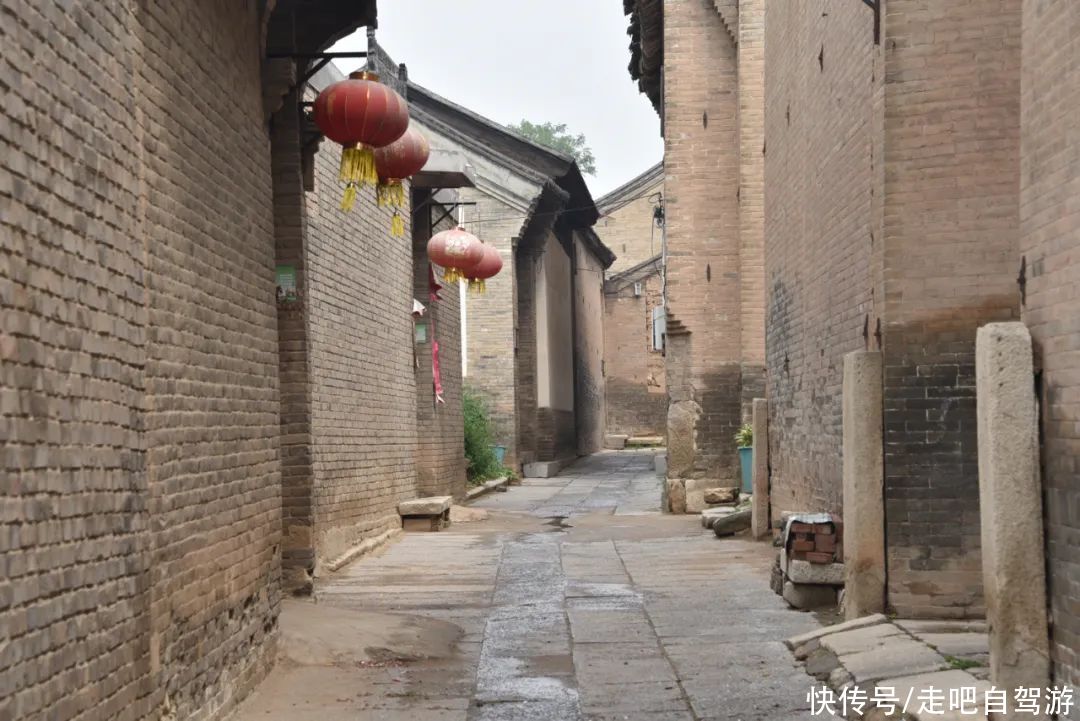
Ding Village is not only surnamed Ding, but the streets and lanes in the village are mostly “T-shaped” , “Sifang Village T-Zi Street” is the spatial pattern of Ding Village. The east-west main street and the north-south alleys divide the village into four groups: North Courtyard, Middle Courtyard, South Courtyard and Northwest Courtyard. The streets and alleys are longitude and latitude, and the courtyard buildings are gradually spread out along the streets and alleys, and are distributed in all directions.
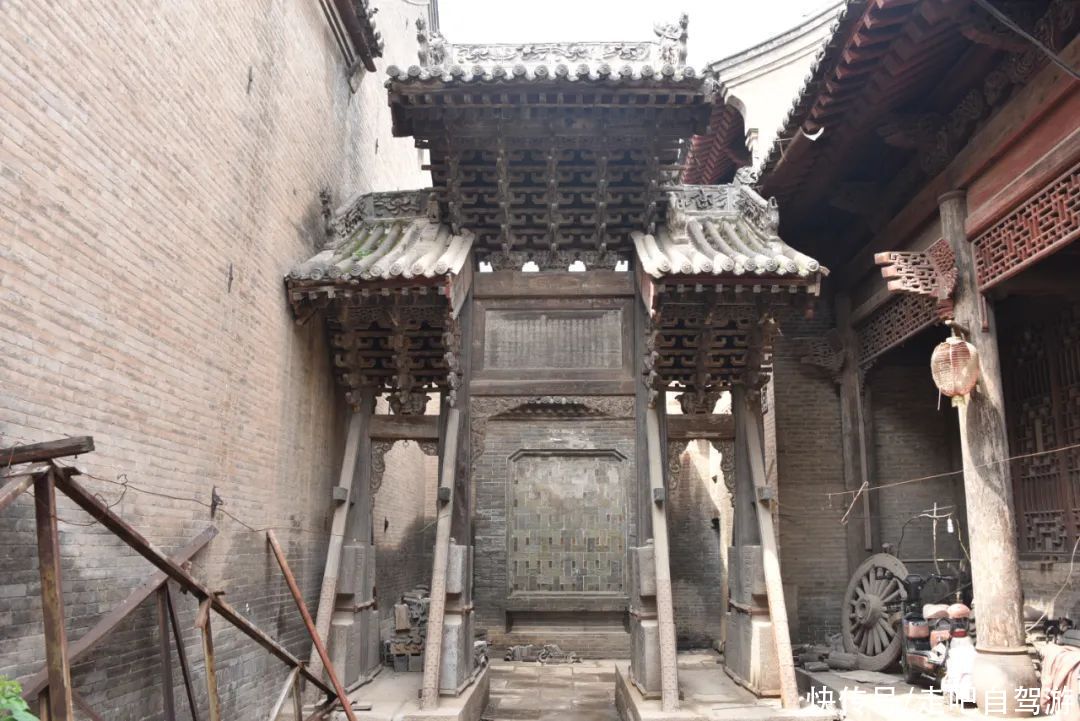
Walking in Ding Village, you can see beautiful ancient buildings everywhere, such as this Xianfeng Three in Qing Dynasty The archway in 2009 has a history of more than 160 years.
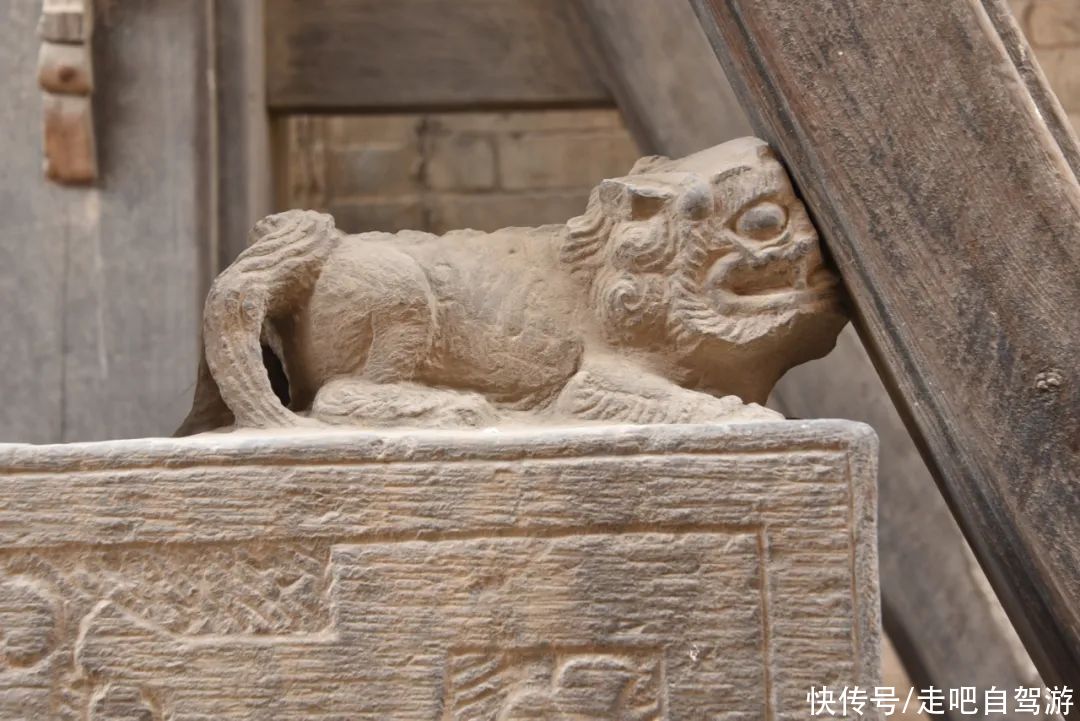
Such a beautiful wooden archway is a well-known cultural relic in other provinces. But in Shanxi, it can only be a little-known existence in the courtyard.
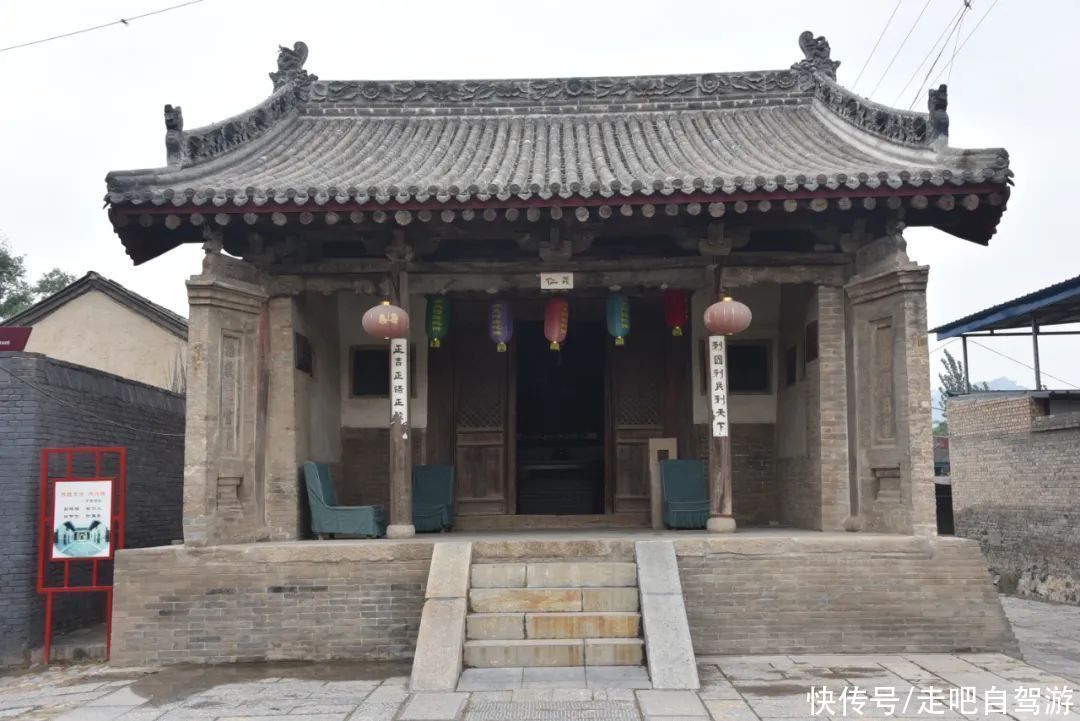
A small temple in the village has a very Shanxi flavor. At a glance, it is called Sanjieyi Temple is actually in the Yuan Dynasty.
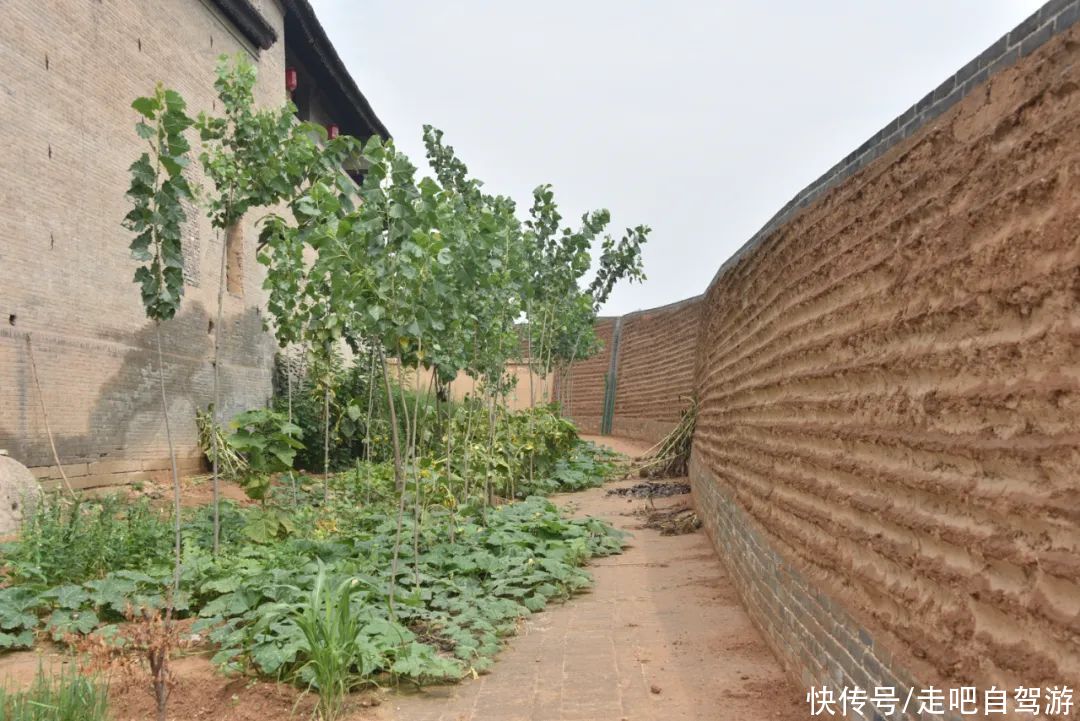
There is still a section of Ming Dynasty fort wall ruins in Ding Village, but it has been restored now. Seems a little different.
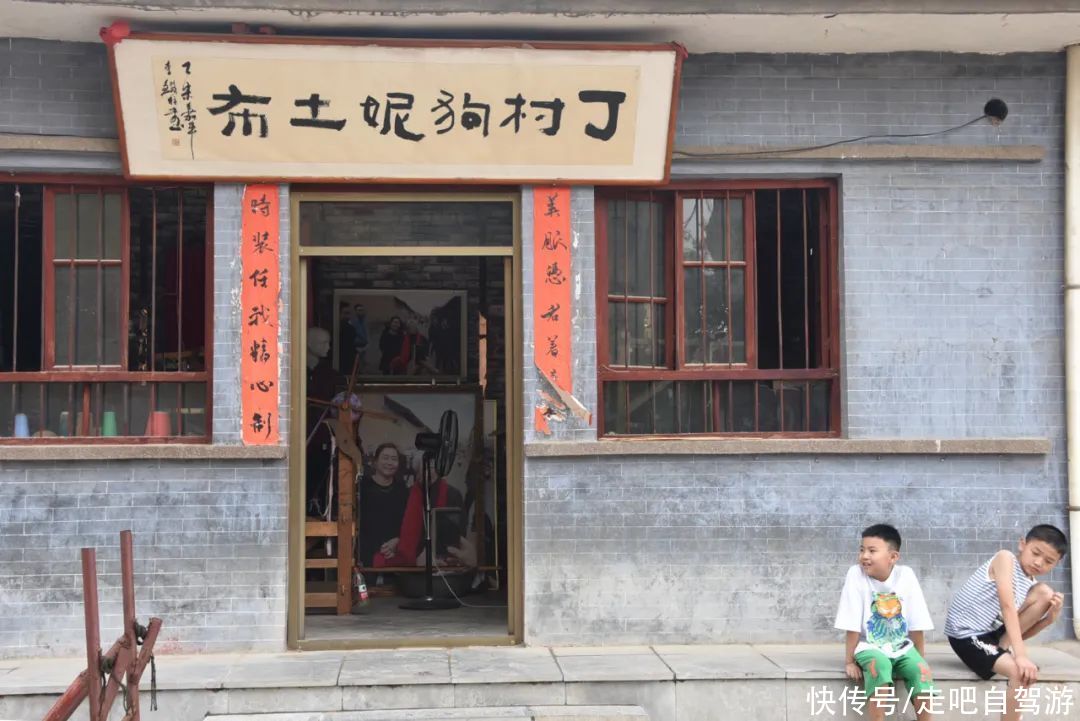
The simplicity of Ding Village lies in the folk customs that have continued to this day. The material cultural heritage project is a traditional hand weaving craft used by local folk for generations, with a history of thousands of years.
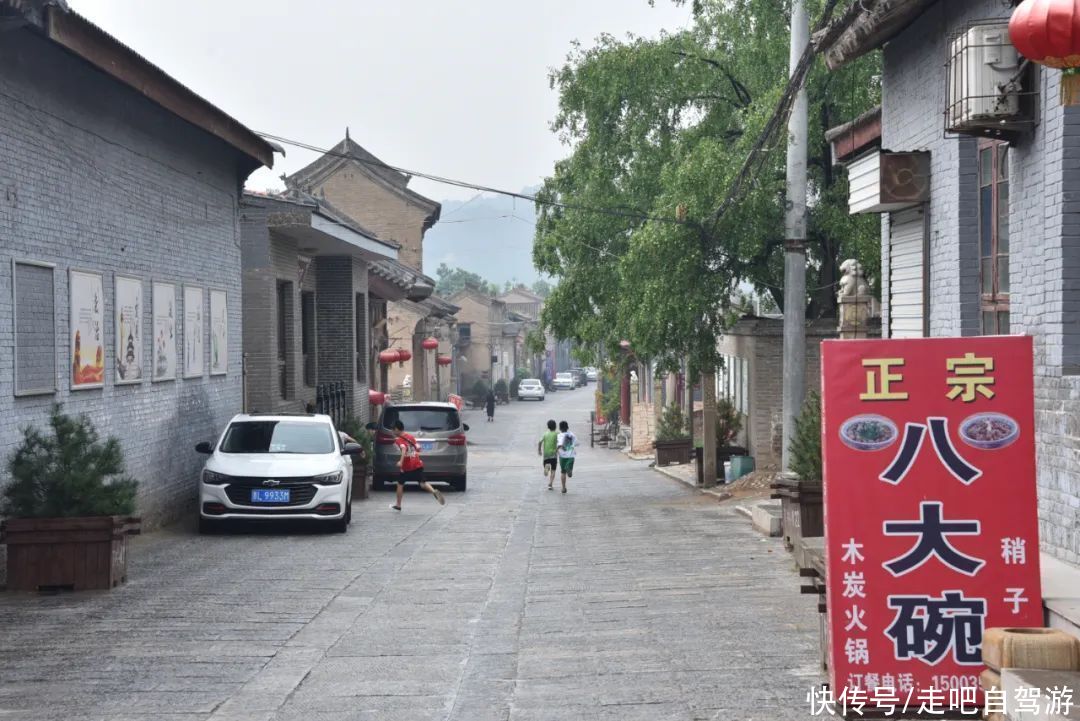
Dingcun Ancient Village and Dingcun Cultural Exhibition Hall do not require tickets, while the Folk Customs Exhibition Hall in the village requires a ticket of 15 yuan. >
Among the villages in China, there is probably no one with so many heavy titles like Ding Village in Shanxi: the preliminary list of world cultural heritage “Shanshan Ancient Dwellings”, the first batch of national key cultural relics protection units “Ding Village Site”, the third batch of national key cultural relics protection units “Ding Village House”, the sixth batch of Chinese historical and cultural villages, the first batch of Chinese traditional villages, the intangible cultural heritage of Shanxi Province “Ding Village Tubu”… Ding Village has a long history Culture and rich historical relics make this ancient village unique and splendid among hundreds of thousands of villages in China.